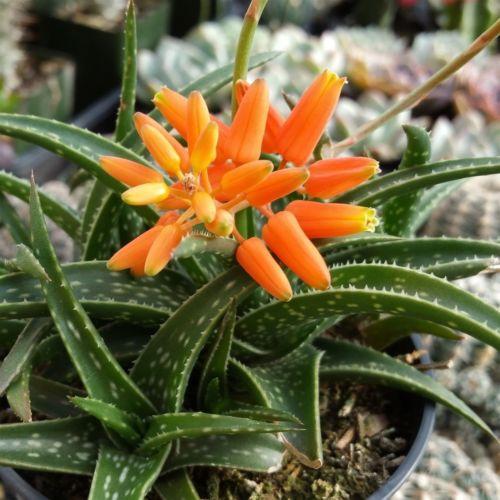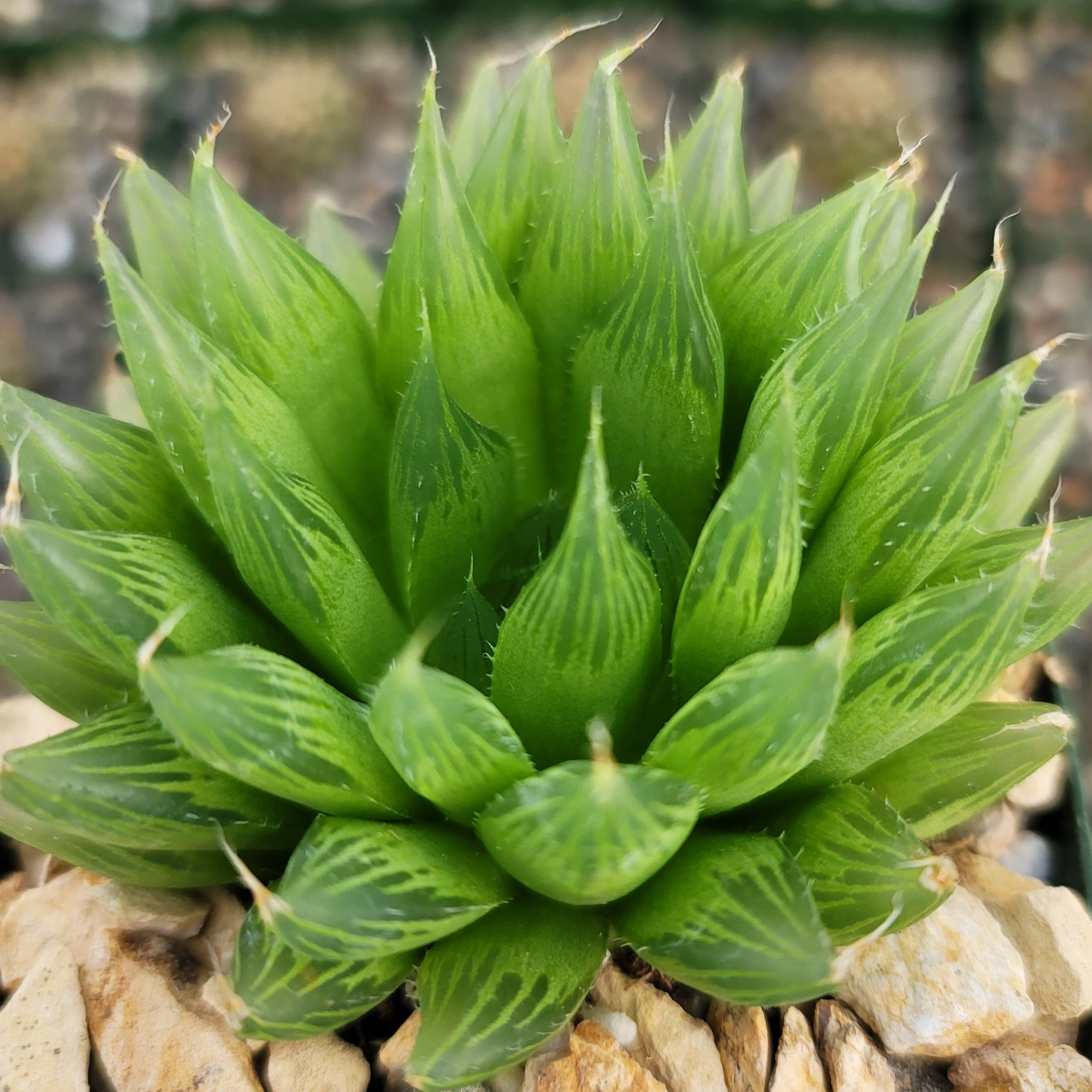Everything to Need to Know About - Succulent Propagation
Updated: November 25, 2024


Succulents are one of the most effective investment methods. They bring a soothing aura to any space and serve as a great conversation starter. Over time when your succulent begins to shed leaves and look lifeless, you don’t really have to spend money and purchase a new plant. This is because your plant can produce baby succulents with a magical process called propagation. This blog post is the ultimate guide on when, why, and how to propagate succulents.
What is Succulent Propagation?
Succulent propagation is an amazing process in which an element of the mature succulent is used to grow new succulents. These sets of plants are blessed with the ability to produce baby plants on their own. This act can be done from stem or leaf cuttings, offsets, and seeds from a mature plant. Propagation is an easy and fun method with which you can expand your exotic plant collection.
Why to Propagate Succulents?
The need for propagating succulents arises when your plants begin to face common problems like shriveling of leaves, leggy stems, or thinning out. As a result, the stems grow long and mushy. These problems can be caused due to overwatering or underwatering, lack of enough sunlight, or inappropriate soil mixture. Your plant may look healthy on the outside but soon its bare stem and dried leaves will start to die. This is why you should consider your succulent plant propagation. You can pull off the leaves and affordably grow new plants from your existing succulent with this easy and beginner-friendly activity.
When to Propagate Succulents?
When you feel your plant is not doing very well, it is the perfect time to propagate it. Follow the step-by-step procedure to make new plants from the parent succulent. Whatever its blooming season, it is best to go with the propagation process early in that season. Most succulents can be easily propagated during summer as the growth rate in winter is generally slower.
Techniques of Succulent Propagation
How to properly propagate succulents is something that many people are trying to learn. New plants can be grown in various ways. Here are the three main techniques of succulent plant propagation that make the process easy.
- Dry Propagation- This wondrous method is also known as air propagation. It involves keeping your parent plant’s elements on a tray to propagate. As hassle-free as it sounds, you can grow an extra plant for your home or garden with this technique without giving much time to maintain.
- Water Propagation- In this method, a plant is rooted in water and then placed in a potting mix. Propagating succulents in water without soil is an exciting activity.
- Soil Propagation- In this widely used technique of propagation, the callused element of the plant is placed on top of a well-drained soil mix.
Types of Succulent Propagation
The primary types of propagation are following:
- Leaf Propagation
- Stem Propagation
- Division or Offsets Propagation
- Seed Propagation
Let’s study these interesting types in detail.
- Propagating Succulents with Leaf
In this process, a healthy leaf is separated from the parent succulent and is used to grow new plants. This type works best with plants that have fleshy leaves. The succulents that can be propagated from leaves include Sedum Burrito “Burro’s Tail”, Echeveria “Lola”, and Aloe Vera.
Here is the step-by-step guide to propagating succulents from leaf:
- To begin with, gently remove an active leaf off the stem. If some leaves are hard to pop off, you can use a sharp knife. Make sure to get a clean pull as we need one complete undamaged leaf.
- Once you have the leaf, the next step is to keep it in bright sunlight to dry it out. Place it to heal for three to four days in full sun.
- In this step, get a planter and fill its base with a well-drained soil mix. Add water to it and place the leaf in the center of the soil.
- Water occasionally and keep the pot in full to the light sun. Avoid exposing it to intense sunlight.
- Propagating Succulents with Stem Cuttings
This method gives the best results if done during or at the beginning of a plant’s active growth period. Propagating succulents from cuttings works great with rosette-shaped or multiple branched plants. Aeonium “Kiwi” and Sedum rubrotinctum “Jelly Bean Plant” are succulents that can be propagated by stem cuttings.
Here is the step-by-step guide to succulent cutting propagation:
- Firstly, select a cutting position and then get a pair of scissors or a sharp knife. Choose a short stem and hold it closer to the base. By using your knife, cut an entire undamaged stem from the mature succulent.
- Before repotting, place the branch to dry out in a warm setting for a good three to four days.
- Finally, it’s time to plant the cutting in the soil for propagation. Add water when the soil feels dry and rough.
- Propagating Succulents with Offsets
Offsets are tiny succulents that appear around the base of the mature plant. Propagating using offsets or division is very simple as compared to growing new plants from leaves and stems. It is advised to start the process once the offsets grow almost half of the size of the parent succulent. Sempervivum “Hens & Chicks” and Haworthia are two of the succulents that can be propagated by this type.
Here is the step-by-step guide to propagation from offsets:
- To begin with, remove the top soil and pull the offsets from the parent plant with the roots. If some offsets are still connected to the mother succulent through stems, then take a pair of scissors and cut them apart.
- Dust off the old soil from the roots of offsets. Place them in a warm location for a couple of days to dry out where they can get indirect sunlight. This step is done to remove excess moisture from the soil.
- Now, take a planter and fill the base with well-drained soil. Add water and place the succulent in the center. Fill the holes with some sand.
- Propagating Succulents from Seeds
This method of growing new plants is time-consuming. However, you can surely try & experience it. You can collect seeds from the parent succulent or buy them, either way, make sure to use fresh and dry seeds. The variety of succulents that can be propagated from seeds include Aloe and Sedum.
Here is the step-by-step guide to propagation from seeds:
- To start with, soak the seeds for a half-hour in lukewarm water so it can loosen up the coat. Prepare a planter and fill the base with regular succulent or cactus potting soil. Add plenty of water and then spread the soaked seeds on the top soil.
- Without burying the seeds, coat the seeds with top dressing like sand or sifted cactus soil.
- Get a spray bottle to water the seeds every day. Let the top layer dry out from the last watering.
- Place the planter in a warm area with temperatures around 75-80° You can also cover the pot with a clear plastic bag.
How long does it take to propagate succulents?
- Leaf Propagation – It takes 2 weeks for roots and leaves to grow from leaf propagation. As the succulent gets bigger, after a few months, the leaves turn brown and begin to shed. This indicates that the plant has absorbed all nutrients from the leaf and is suitable to repot.
- Stem Propagation - Little plants start growing in 2-3 weeks around the stem. Sometimes, it may take longer.
- Offsets Propagation – This method takes 1-2 months for the roots to thrive once the pups have grown and thickened.
- Seed Propagation – Unlike other methods, Seed Propagation takes a longer time. Seeds of the succulents can take 3 weeks to a year to germinate.
If you are an impatient plant lover who wants to propagate succulents fast, then we have a few tips for you.
- Place your succulents in a warm environment. Avoid intense sunlight as it can cause sunburn.
- Get a spray bottle and sprinkle the leaves with water daily. By doing this, you will start seeing results in 2-3 weeks.
- Try to propagate your succulents in summer. Spring and summer are considered ideal seasons for propagation.
Choosing the method of propagation that works well for your plant can be an art. Now that you are familiar with the best ways to propagate succulents, we encourage you to learn and experiment with different techniques of propagation. Check our Cuttings Collection and Start your propagation Today!!























